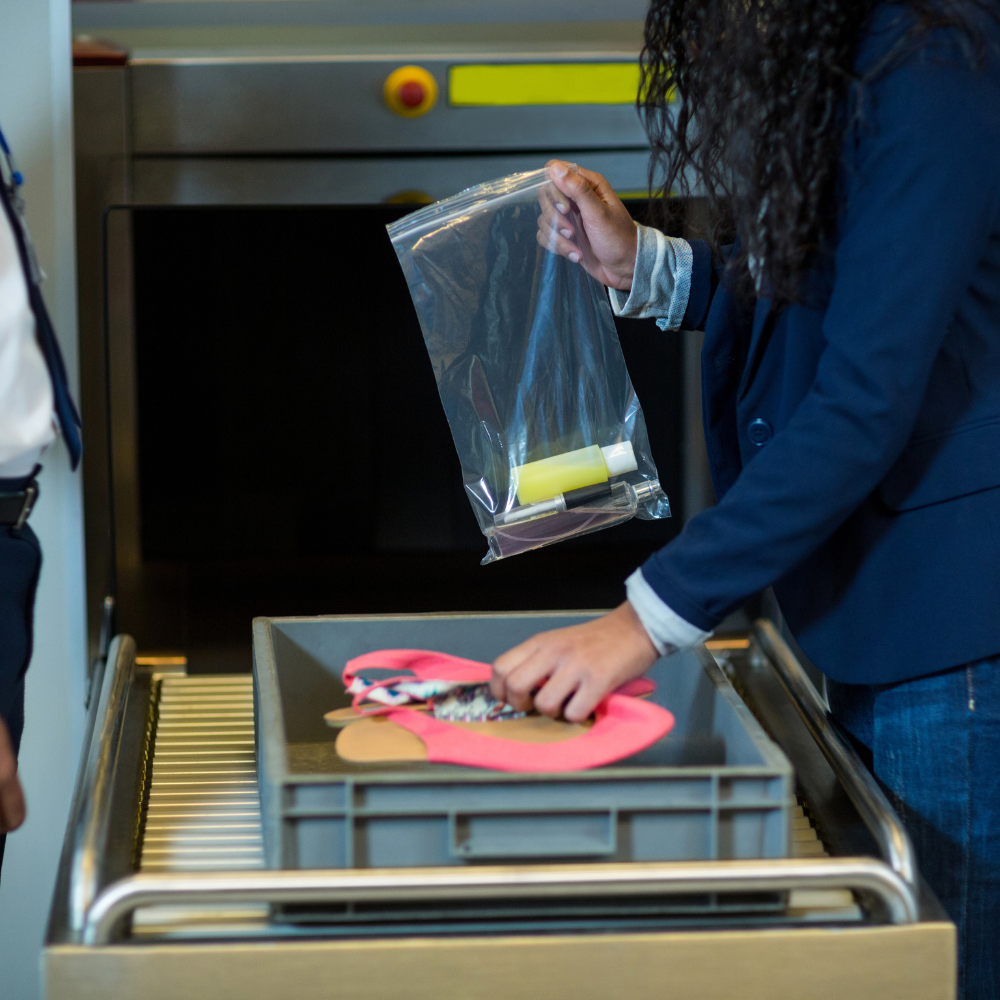 Researchers at the Massachusetts Institute of Technology or MIT have claimed to have revealed the secret behind Saturn’s breathtaking rings. According to the study published in the Science journal, researchers have hypothesized that a missing moon in Saturn’s orbit could explain its present tilt and the existence of beautiful rings. It also explains the previous scrapping of a theory which suggested that the reason behind Saturn’s tilt was the gravitational pull exerted by Neptune and Saturn’s resonance with Neptune. In Early 2000, the resonance between Neptune and Saturn was used to explain the planet’s tilt. But it was discarded based on the observations by NASA's Cassini spacecraft. The Cassini spacecraft found out about Titan’s rapid migration away from the planet., which proved against the previous theory.
Saturn is considered one of the most beautiful planets humans have witnessed. The sole credit for this title goes to the beautiful rings on the planet. Researchers have been looking for a way to explain the existence of these rings, as it is the only planet to have such rings. Previously, it was suggested that the planet acquired these rings during its formation. But the biggest flaw in this explanation is other planets not having such rings. Another mystery with Saturn is its existing tilt. The planet spins with a significant tilt, at an angle of 26.7° to its plane at which it orbits the sun. Such high-angled tilt is also only observed with Saturn. Earlier, scientists believed that the planet’s tilt could be due to the gravitational pull exerted by its 83 moons and by Neptune, the neighboring planet to Saturn. But this theory was flawed as the planet had escaped from Neptune’s gravitational pull.
However, Massachusetts Institute of Technology researchers recently published a study in a Science journal, explaining the tilt and the rings around the planet. The team of astronomy researchers suggested the likelihood of having another moon during ancient times. Researchers have named this hypothetical satellite Chrysalis. Chrysalis is expected to orbit around Saturn billions of years ago. Chrysalis, along with Neptune’s gravitational pull, is believed to cause the tilting of Saturn. But this gravitational pull of Chrysalis caused it to come a bit closer to Saturn, causing it to get shredded into pieces. This demise of the Chrysalis helped Saturn to escape from Neptune’s gravitational pull, but it also caused Saturn to maintain its tilt. The shredded pieces of Chrysalis then started orbiting around Saturn, giving it its iconic rings which we see today. This theory also explains the age of Saturn’s rings. Saturn's rings are expected to be around 100 million years old, which makes them much younger than the planet itself.
The presence of Chrysalis explains so many phenomena which have made Saturn stand out so uniquely. It is believed that around 160 million years ago, Chrysalis’ entry into a chaotic orbit led to its destruction due to Saturn’s gravitational pull. It shredded it into pieces. Most of the debris from this destruction fell onto Saturn’s surface and the rest of it contributed to the formation of Saturn’s beautiful rings. Researchers at MIT also added that although the theory sounds promising in explaining the current state of Saturn, it still requires further examinations for wide acceptance.
Researchers at the Massachusetts Institute of Technology or MIT have claimed to have revealed the secret behind Saturn’s breathtaking rings. According to the study published in the Science journal, researchers have hypothesized that a missing moon in Saturn’s orbit could explain its present tilt and the existence of beautiful rings. It also explains the previous scrapping of a theory which suggested that the reason behind Saturn’s tilt was the gravitational pull exerted by Neptune and Saturn’s resonance with Neptune. In Early 2000, the resonance between Neptune and Saturn was used to explain the planet’s tilt. But it was discarded based on the observations by NASA's Cassini spacecraft. The Cassini spacecraft found out about Titan’s rapid migration away from the planet., which proved against the previous theory.
Saturn is considered one of the most beautiful planets humans have witnessed. The sole credit for this title goes to the beautiful rings on the planet. Researchers have been looking for a way to explain the existence of these rings, as it is the only planet to have such rings. Previously, it was suggested that the planet acquired these rings during its formation. But the biggest flaw in this explanation is other planets not having such rings. Another mystery with Saturn is its existing tilt. The planet spins with a significant tilt, at an angle of 26.7° to its plane at which it orbits the sun. Such high-angled tilt is also only observed with Saturn. Earlier, scientists believed that the planet’s tilt could be due to the gravitational pull exerted by its 83 moons and by Neptune, the neighboring planet to Saturn. But this theory was flawed as the planet had escaped from Neptune’s gravitational pull.
However, Massachusetts Institute of Technology researchers recently published a study in a Science journal, explaining the tilt and the rings around the planet. The team of astronomy researchers suggested the likelihood of having another moon during ancient times. Researchers have named this hypothetical satellite Chrysalis. Chrysalis is expected to orbit around Saturn billions of years ago. Chrysalis, along with Neptune’s gravitational pull, is believed to cause the tilting of Saturn. But this gravitational pull of Chrysalis caused it to come a bit closer to Saturn, causing it to get shredded into pieces. This demise of the Chrysalis helped Saturn to escape from Neptune’s gravitational pull, but it also caused Saturn to maintain its tilt. The shredded pieces of Chrysalis then started orbiting around Saturn, giving it its iconic rings which we see today. This theory also explains the age of Saturn’s rings. Saturn's rings are expected to be around 100 million years old, which makes them much younger than the planet itself.
The presence of Chrysalis explains so many phenomena which have made Saturn stand out so uniquely. It is believed that around 160 million years ago, Chrysalis’ entry into a chaotic orbit led to its destruction due to Saturn’s gravitational pull. It shredded it into pieces. Most of the debris from this destruction fell onto Saturn’s surface and the rest of it contributed to the formation of Saturn’s beautiful rings. Researchers at MIT also added that although the theory sounds promising in explaining the current state of Saturn, it still requires further examinations for wide acceptance.  Researchers at the Massachusetts Institute of Technology or MIT have claimed to have revealed the secret behind Saturn’s breathtaking rings. According to the study published in the Science journal, researchers have hypothesized that a missing moon in Saturn’s orbit could explain its present tilt and the existence of beautiful rings. It also explains the previous scrapping of a theory which suggested that the reason behind Saturn’s tilt was the gravitational pull exerted by Neptune and Saturn’s resonance with Neptune. In Early 2000, the resonance between Neptune and Saturn was used to explain the planet’s tilt. But it was discarded based on the observations by NASA's Cassini spacecraft. The Cassini spacecraft found out about Titan’s rapid migration away from the planet., which proved against the previous theory.
Saturn is considered one of the most beautiful planets humans have witnessed. The sole credit for this title goes to the beautiful rings on the planet. Researchers have been looking for a way to explain the existence of these rings, as it is the only planet to have such rings. Previously, it was suggested that the planet acquired these rings during its formation. But the biggest flaw in this explanation is other planets not having such rings. Another mystery with Saturn is its existing tilt. The planet spins with a significant tilt, at an angle of 26.7° to its plane at which it orbits the sun. Such high-angled tilt is also only observed with Saturn. Earlier, scientists believed that the planet’s tilt could be due to the gravitational pull exerted by its 83 moons and by Neptune, the neighboring planet to Saturn. But this theory was flawed as the planet had escaped from Neptune’s gravitational pull.
However, Massachusetts Institute of Technology researchers recently published a study in a Science journal, explaining the tilt and the rings around the planet. The team of astronomy researchers suggested the likelihood of having another moon during ancient times. Researchers have named this hypothetical satellite Chrysalis. Chrysalis is expected to orbit around Saturn billions of years ago. Chrysalis, along with Neptune’s gravitational pull, is believed to cause the tilting of Saturn. But this gravitational pull of Chrysalis caused it to come a bit closer to Saturn, causing it to get shredded into pieces. This demise of the Chrysalis helped Saturn to escape from Neptune’s gravitational pull, but it also caused Saturn to maintain its tilt. The shredded pieces of Chrysalis then started orbiting around Saturn, giving it its iconic rings which we see today. This theory also explains the age of Saturn’s rings. Saturn's rings are expected to be around 100 million years old, which makes them much younger than the planet itself.
The presence of Chrysalis explains so many phenomena which have made Saturn stand out so uniquely. It is believed that around 160 million years ago, Chrysalis’ entry into a chaotic orbit led to its destruction due to Saturn’s gravitational pull. It shredded it into pieces. Most of the debris from this destruction fell onto Saturn’s surface and the rest of it contributed to the formation of Saturn’s beautiful rings. Researchers at MIT also added that although the theory sounds promising in explaining the current state of Saturn, it still requires further examinations for wide acceptance.
Researchers at the Massachusetts Institute of Technology or MIT have claimed to have revealed the secret behind Saturn’s breathtaking rings. According to the study published in the Science journal, researchers have hypothesized that a missing moon in Saturn’s orbit could explain its present tilt and the existence of beautiful rings. It also explains the previous scrapping of a theory which suggested that the reason behind Saturn’s tilt was the gravitational pull exerted by Neptune and Saturn’s resonance with Neptune. In Early 2000, the resonance between Neptune and Saturn was used to explain the planet’s tilt. But it was discarded based on the observations by NASA's Cassini spacecraft. The Cassini spacecraft found out about Titan’s rapid migration away from the planet., which proved against the previous theory.
Saturn is considered one of the most beautiful planets humans have witnessed. The sole credit for this title goes to the beautiful rings on the planet. Researchers have been looking for a way to explain the existence of these rings, as it is the only planet to have such rings. Previously, it was suggested that the planet acquired these rings during its formation. But the biggest flaw in this explanation is other planets not having such rings. Another mystery with Saturn is its existing tilt. The planet spins with a significant tilt, at an angle of 26.7° to its plane at which it orbits the sun. Such high-angled tilt is also only observed with Saturn. Earlier, scientists believed that the planet’s tilt could be due to the gravitational pull exerted by its 83 moons and by Neptune, the neighboring planet to Saturn. But this theory was flawed as the planet had escaped from Neptune’s gravitational pull.
However, Massachusetts Institute of Technology researchers recently published a study in a Science journal, explaining the tilt and the rings around the planet. The team of astronomy researchers suggested the likelihood of having another moon during ancient times. Researchers have named this hypothetical satellite Chrysalis. Chrysalis is expected to orbit around Saturn billions of years ago. Chrysalis, along with Neptune’s gravitational pull, is believed to cause the tilting of Saturn. But this gravitational pull of Chrysalis caused it to come a bit closer to Saturn, causing it to get shredded into pieces. This demise of the Chrysalis helped Saturn to escape from Neptune’s gravitational pull, but it also caused Saturn to maintain its tilt. The shredded pieces of Chrysalis then started orbiting around Saturn, giving it its iconic rings which we see today. This theory also explains the age of Saturn’s rings. Saturn's rings are expected to be around 100 million years old, which makes them much younger than the planet itself.
The presence of Chrysalis explains so many phenomena which have made Saturn stand out so uniquely. It is believed that around 160 million years ago, Chrysalis’ entry into a chaotic orbit led to its destruction due to Saturn’s gravitational pull. It shredded it into pieces. Most of the debris from this destruction fell onto Saturn’s surface and the rest of it contributed to the formation of Saturn’s beautiful rings. Researchers at MIT also added that although the theory sounds promising in explaining the current state of Saturn, it still requires further examinations for wide acceptance. 


